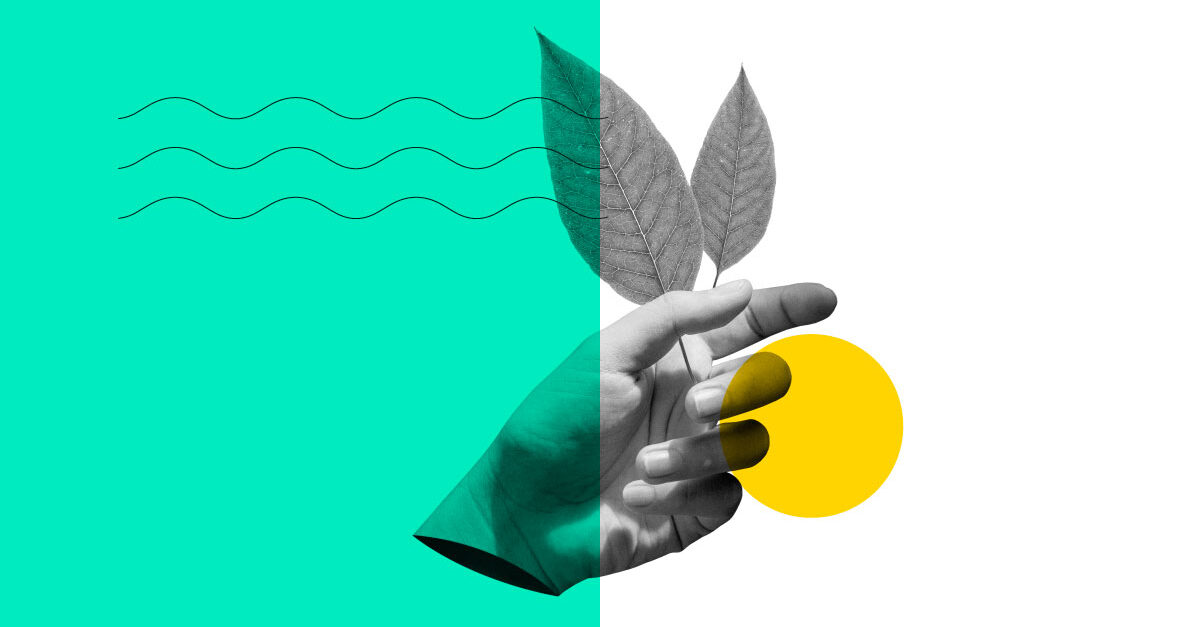Canadians have been waiting for a new plan to drastically reduce greenhouse gas emissions over the next eight years under the Net-Zero Accountability Act. The official 2030 Emissions Reduction Plan is now here. But what’s in it and what does it mean?
Bold, specific, ambitious, and achievable is how Justin Trudeau described the new plan, which outlines a sector-by-sector approach to reduce emissions to 40% below 2005 levels. That means things like greening homes and buildings, switching to electric vehicles, adopting greener technologies, and empowering communities to take climate action.
While some Canadians may be anxious about the future and about what a green shift might mean for jobs, colleges and institutes are the key to making sure this transition is successful and inclusive.
With around 15% of the current labour force (that’s more than three million jobs) anticipated to face a green-skills transformation, it’s important that workers – and future generations of workers – are equipped with the skills they need to thrive in a green economy. Colleges and institutes are already putting a solution into action.
Submission: Colleges and institutes are a vital part of Canada’s sustainable jobs agenda. We have three recommendations to better navigate the transition to a green economy.
Through reimagined, high-quality, and innovative programming, colleges and institutes train young people, mid-career workers, and support businesses as they innovate. As the 2030 Emissions Reduction Plan is implemented, we need to keep these strengths top of mind.

